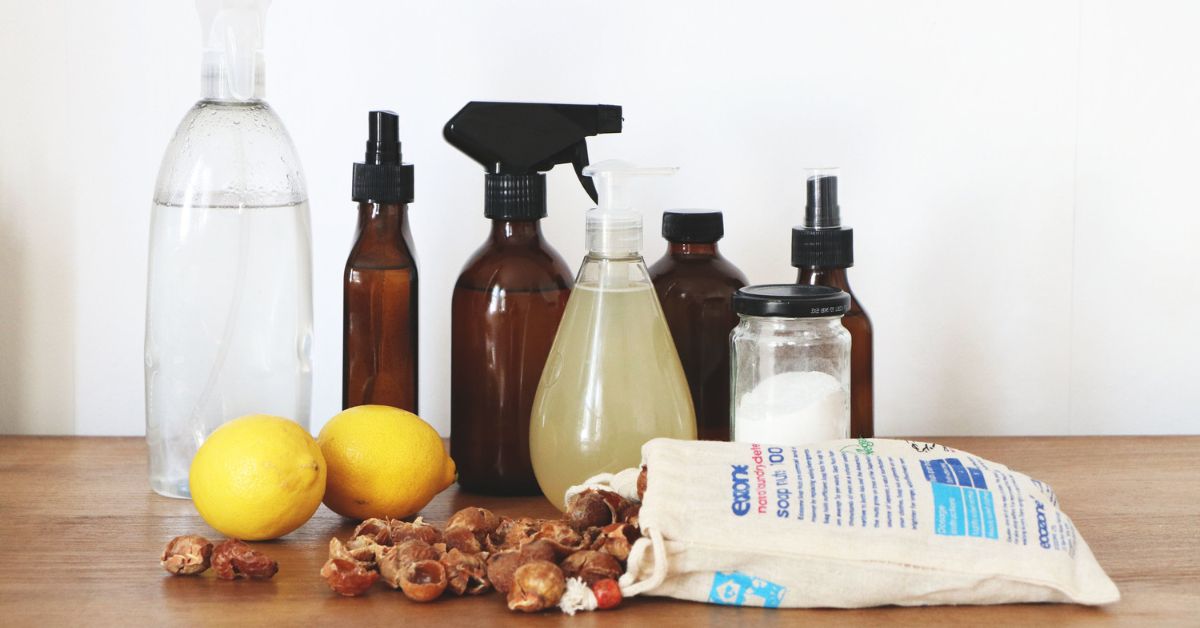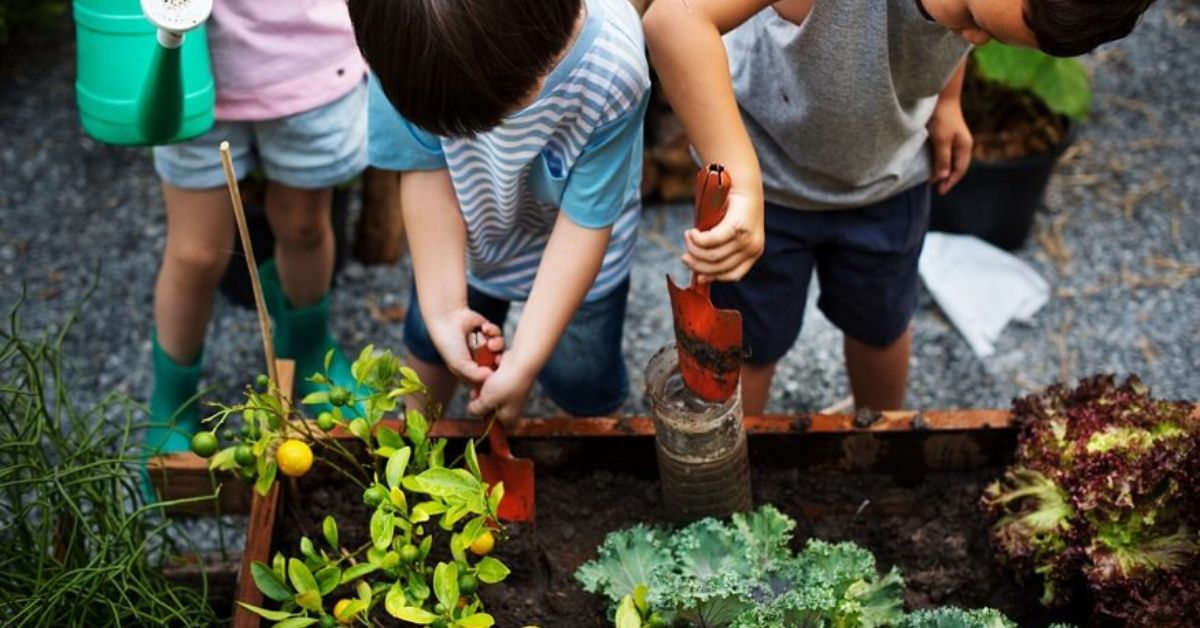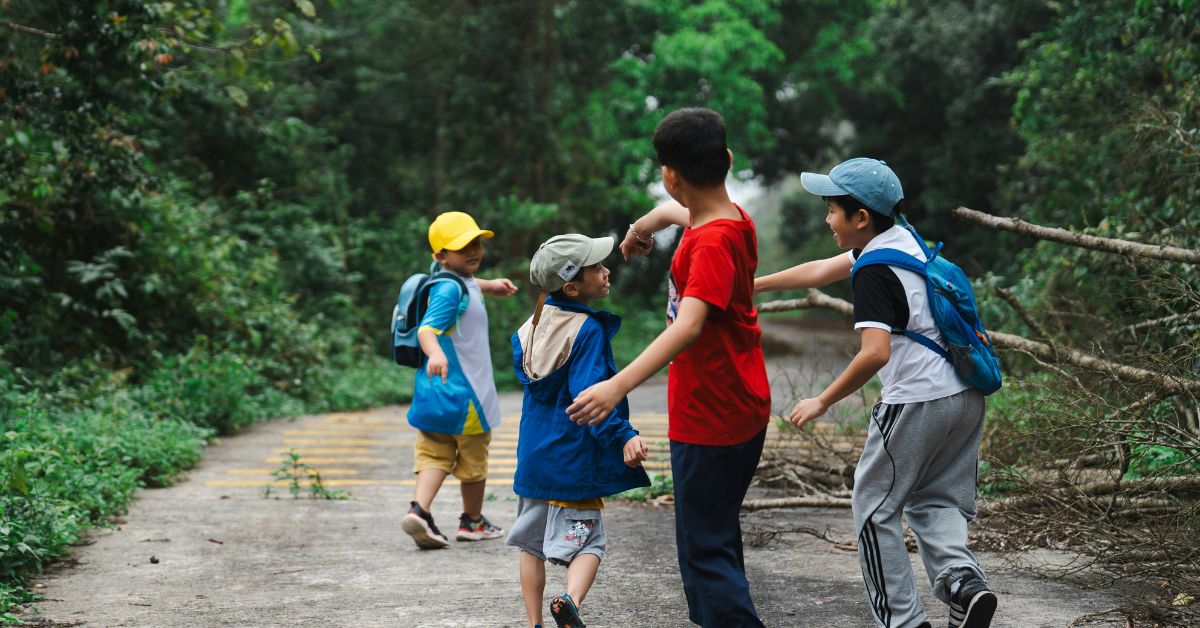From Repairing a Toy to Gardening: 5 Fun Activities To Teach Kids Sustainability
(Representational image courtesy Shutterstock)
We all want our children to grow up kind, curious, and capable of making the world a better place. But what if those values could start right at home: with a compost bin, a broken toy, or even a two-minute shower?
In today’s times, where climate change, pollution, and overconsumption dominate, sustainability is no longer a buzzword but a way of life we must pass on to the next generation. And here’s the best part: introducing it doesn’t have to feel like another chore on your to-do list. With a little creativity, it can become a game, a science experiment, a weekend project, or a family tradition.
Here are five engaging, hands-on activities that parents can do with their children to spark curiosity and build eco-friendly habits from an early age.
1. ‘Fix-it club’ for kids
Why do it?
Remember ‘Bob the Builder’? The animated character who can fix everything? It’s time we wear his construction hat and show kids the power of repairing.
 Repairing used products teaches kids the value of the items they own. Picture source: Shutterstock.
Repairing used products teaches kids the value of the items they own. Picture source: Shutterstock.
In a culture obsessed with new, teaching children the value of repairing instead of replacing can be a game-changer. It not only saves money and resources but also helps them appreciate the life cycle of the things they use.
How to do it
Set up a small ‘Fix-it club’ at home — maybe once a month. Ask your child to gather broken toys, torn clothes, or simple gadgets. With supervision and support, show them how to stitch, glue, tape, or repurpose the item.
You could even invite an older cousin or neighbour who knows sewing or tinkering. Turn the experience into a mini project with before-and-after photos to document their proud creations.
2. DIY natural cleaners
Why do it?
Many store-bought cleaning products are packed with harsh chemicals that are harmful to both the environment and our health. Plus, they come in a plastic bottle, adding to the already existing pile. Making natural cleaners at home teaches kids that simpler solutions can often be just as effective.
 These DIY cleaners are chemical-free and easy to make with simple ingredients. Picture source: Madeleine Olivia
These DIY cleaners are chemical-free and easy to make with simple ingredients. Picture source: Madeleine Olivia
How to do it
Start with something easy and fun, like mixing lemon juice, baking soda, and vinegar to clean surfaces. Let your child label their new ‘magic cleaner’ in a recycled spray bottle. They’ll feel like mini scientists while learning that nature already provides us with powerful tools to keep our homes clean and safe.
3. Start a mini garden
Why do it?
Gardening is one of the most hands-on and effective ways to teach children about where food comes from, how ecosystems work, and why it’s important to care for the planet. Plus, it’s therapeutic and exciting to watch something grow!
 Gardening helps children to understand what goes on behind making their food. Picture source: Euro Kids India.
Gardening helps children to understand what goes on behind making their food. Picture source: Euro Kids India.
How to do it
You don’t need a sprawling backyard. Use old tin cans, milk cartons, or plastic bottles as pots and grow easy herbs like basil, mint, or even cherry tomatoes. Get your child involved in composting kitchen scraps too, using banana peels, vegetable ends, and eggshells, which make excellent fertiliser. Gardening teaches patience, responsibility, and respect for nature — all in one go.
4. The two-minute shower challenge
Why do it?
Water is precious, and yet we often take it for granted. Long showers can waste litres of water without us realising it. This challenge makes conservation a fun and musical game.
 This challenge teaches the importance of water conservation in a fun way. Picture source: Jaguar.
This challenge teaches the importance of water conservation in a fun way. Picture source: Jaguar.
How to do it
Pick a song your child loves that runs for around two minutes. Then challenge them to finish their shower before the song ends. It’s a playful way to introduce the concept of water conservation without making it feel like a lecture. Bonus: You might find yourself humming the tune in the shower, too!
5. Go on a nature scavenger hunt
Why do it?
Time in nature builds appreciation and awareness of the natural world, and it’s a great excuse to step away from screens. Scavenger hunts turn outdoor walks into interactive learning experiences and make them aware of the environment they live in.
 These scavenger hunts provide a great opportunity to be mindful of nature and the environment. Picture source: Canva.
These scavenger hunts provide a great opportunity to be mindful of nature and the environment. Picture source: Canva.
How to do it
Create a checklist: five different leaves, three birds, one butterfly, and a bug! Equip your little explorers with a magnifying glass and gloves, and pick up litter along the way. Discuss what pollinators do or why fallen leaves matter in the soil cycle. It’s the perfect blend of adventure, education, and eco-action.
Sustainability doesn’t have to be taught in textbooks. It can be baked into daily routines, sparked by curiosity, and nurtured through creativity. By making it fun, hands-on, and part of everyday life, parents can sow the seeds of responsibility in their children, ones that will grow into lasting care for the planet.
Let’s raise little humans who care deeply about the Earth and have fun while they’re at it.
Edited by Vidya Gowri Venkatesh.
News